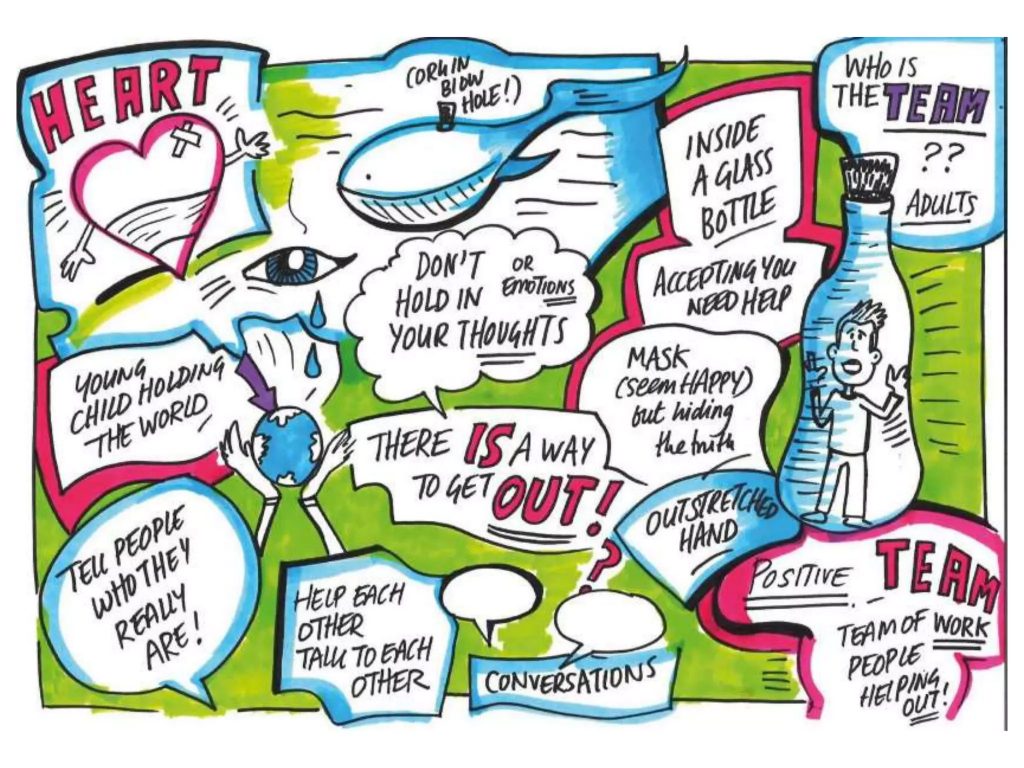Starting a Conversation
This section of the website gives some key pointers about how to start a conversation with a child, young person or young adult about the themes in the Core Questions. These key pointers have been co-designed between practitioners and children, young people and young adults throughout the Not Just a Thought… project.
Overall, children, young people, young adults and practitioners should be treated as equals with mutual respect for each other. A conversation should be just that – a two way dialogue not an interview. Children, young people and young adults should be seen as part of the solution.

What young people say
- Don’t just think about what you want to ask us, also think about how you are letting us think you are someone we can talk to.
- Think about ways you can tell us it’s okay to talk, by using posters and information on the back of toilet doors to let us know we can tell you our thoughts.
- Think about ways you can build up a relationship with us, so we feel comfortable with you. Turn towards us and smile – it always helps.
- It might take us a while to tell you what we’re worried about, let us know that’s okay and if we can’t talk today we can find someone when we’re ready. Tell us how to do that.
- Treat us as equals and respect who we are.
- Have a conversation with us, don’t treat it like an interview.
- Even if we seem happy, that doesn’t mean we are, always ask if there is anything we want to talk about and tell us it’s okay to talk.
- If something about us, worries you, don’t just think about it, ask us a direct question, (don’t go around the issue) it might be just what we need so we can tell you what we’re thinking.
- Think about ways we can find solutions, where we can get help, who we can work with. See us as part of the solution.
